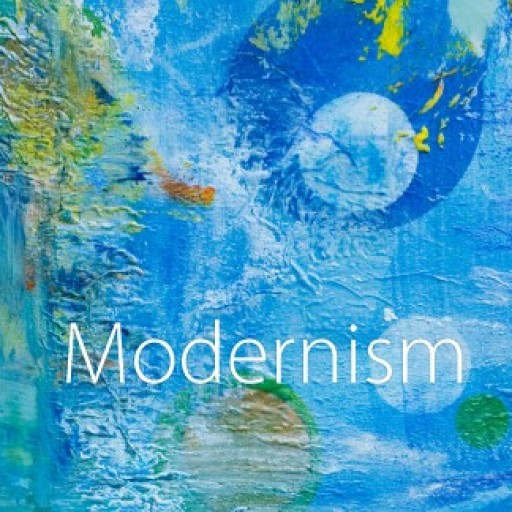Joni Mitchell’s fluid folky guitar, syncopated drums, looming strings, deep dark bass, vocal layers and distant echoes summon the rough beast of Yeats’ “Second Coming”. The piece’s orchestral elements and sirens (listen for those sirens at 4:15 and 4:50!) give it the cinematic landscape appropriate for the anxieties of a post-war society as illustrated in Yeats’ poem. “Slouching Towards Bethlehem” works as a tone poem, which is a piece of orchestral band music that illustrates and evokes the content of a poem, story, landscape or another non-musical source (Burkholder 358).
Joni Mitchell recorded a second version of the same song—but as you will hear… the rough beast is even more threatening and terrifying in this rendition—the beast is approaching with great force. The song opens organically, with a relatively calm layering of strings and fluid brass, and suddenly after the line “Things fall apart” (at 0:58 to be exact) we are frightened by a jarring orchestral blow, which works well as text painting for the anarchy and wrath—”The blood-dimmed tide (Yeats, ll. 5)”— that is taking place in the world. As the piece progresses, there is even more darkness, trauma and anxiety portrayed in the dissonance of the percussive brass, the nightmarish high-pitched woodwinds and flutes, the dark strings and bass, in the stampede of drums, and in the warlike baritone voices that sound in a song reminiscent of that of an army march. Some of the organic darkness and jarring dissonance in this orchestral arrangement reminds me of certain moods in Igor Stravinsky’s Rite of Spring.
The entire song is an adaptation of Yeats’ “Second Coming.” Many of the words are rearranged for the purposes of musical unity, but Joni Mitchell also takes the creative liberty to change and add some words and sections. For example, while Yeats’ verses read, “The best lack all conviction, while the worst / Are full of passionate intensity,” Mitchell sings “The best lack conviction / Given some time to think / And the worst are full of passion without mercy.” Joni Mitchell also writes an entirely new section which is not in Yeats’ poem; the section adds to the anxiety of dark times but presents the concepts of hope and healing which Yeats does not express. I would imagine that Joni Mitchell changes the title to “Slouching Towards Bethlehem” because that line becomes the refrain of the song. The gyre (suggesting a world spinning, unable to remember its origin) is musically illustrated in the percussion’s cyclical form, which gives the music a spinning, continual quality (starting at 1:12). This is appropriate since “Things fall apart [and] the center cannot hold” (Yeats, ll. 3). The percussiveness and march-like drums might be a cinematic representation of the anxieties that are related to the traumas of war subsequent to continental/global war, and the threatening rise of militarism. One of the most powerful moments to me in this rendition (and in the poem) is in the paraphrased lines: “Shaped like a lion / It has the head of a man / With a gaze as blank / And pitiless as the sun / As it’s moving its slow thighs / Across the desert sands / Through dark indignant / Reeling falcons.” The song is a riddle; with the repetition of “head of a man” and “shape of a lion” we are left to consider that perhaps the beast is taking the form of a human. Or is the human taking the form of a beast?
Works Cited
Burkholder, J. Peter. “Index: Tone Poems.” Norton Anthology of Western Music. 6th ed. New York: W.W. Norton &, 2010. 358. Print.
Yeats, W.B. The Second Coming. Poetry Foundation. Web. 24 September 2015. <www.poetryfoundation.org>.

Leave a Reply